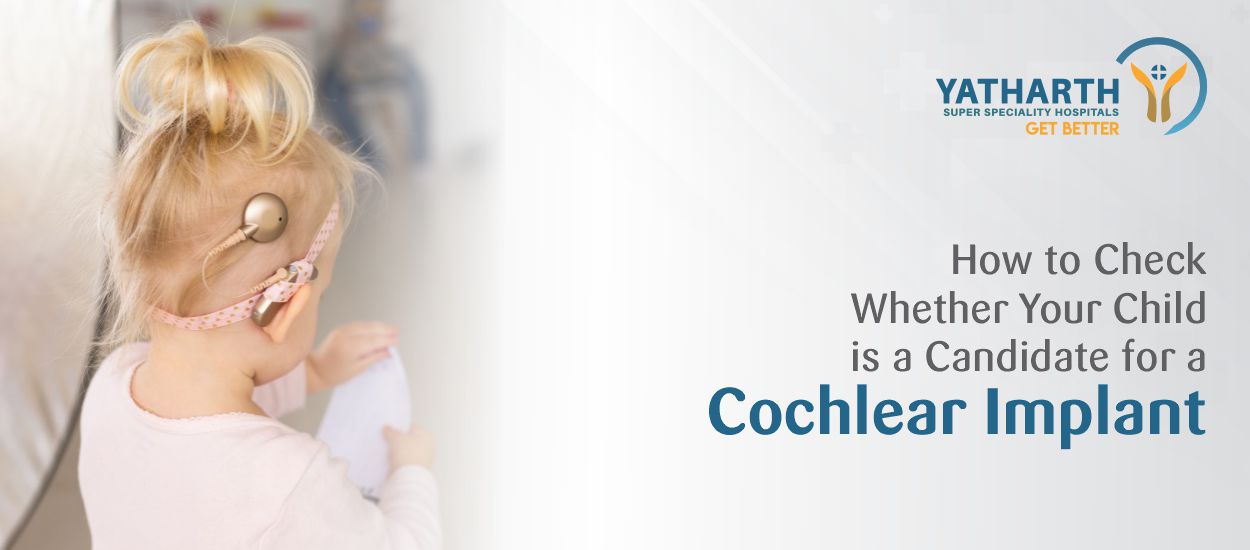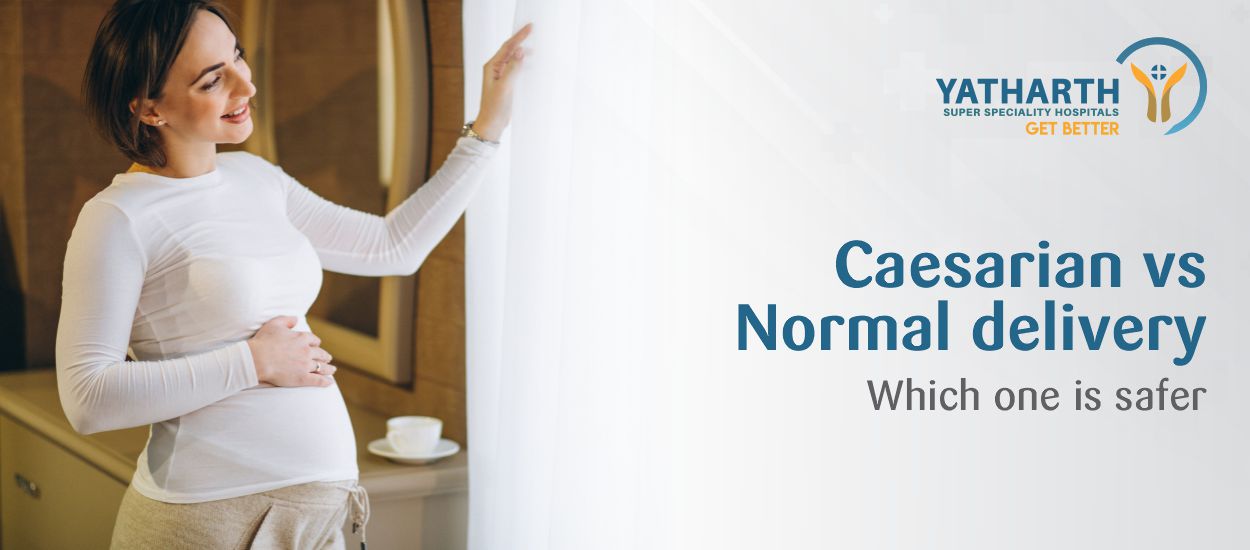What Are Children’s Cochlear Implants?
The world of sound helps a child learn how to speak, read and write via listening. Hearing loss affects the areas that advance a child’s development. Children with hearing loss could benefit from hearing aids. However, if these don’t offer enough help, cochlear implants – a hearing device implanted surgically – may allow children having severe hearing loss to receive, process and interpret sounds.
Unlike hearing aids that merely amplify sound, state-of-the-art technology used in cochlear implants will make the sound clearer and easier to decipher. For children with severe hearing loss in one or both ears, hearing aids can’t compensate enough for the damaged ear’s inability to hear properly. But cochlear implants bypass this damaged portion of the child’s inner ear, directly sending sound signals to the brain through the hearing nerve.
Younger kids who struggle to pick up spoken language because of hearing loss can benefit immensely from cochlear implants. Compared to those using hearing aids, children with a cochlear implant exhibit an improvement in their ability to follow speech even in a noisy environment. Even if the child has moderate hearing loss, a cochlear implant could still be useful if hearing aids are not so effective. To check if your child could benefit from a cochlear implant, consult an audiologist or an ENT surgeon specialising in all kinds of hearing technology.
Some Crucial Queries
A short child candidacy quiz could help identify whether your child is a candidate for a cochlear implant. Tick all of the following that apply:
- Due to his/her hearing loss, my child shows delayed speech and language development.
- My child responds very rarely to his/her name.
- My child lacks the skills required to interact with children or adults and avoids social interactions.
- I doubt whether my child can hear speech in noisy surroundings.
If one or more of the above were ticked, your child could be a candidate for a cochlear implant.
Additional queries may help dispel lingering doubts regarding your child’s candidacy:
- Was the child born with severe or profound hearing loss?
- Was the hearing normal at birth and did hearing loss develop progressively?
- Does the child fail to look at the person who is speaking?
- Does the child fail to react to loud sounds or your voice?
- Does the child only react to extremely loud sounds?
- Has the child missed milestones in normal speech and language development?
- Does the child rely heavily on lip reading?
- Is it exhausting for your child to stay focused to hear and understand teachers in class?
When Should Parents Opt for a Cochlear Implant?
A child as young as 9 months with severe to profound and confirmed hearing loss could be a candidate for a cochlear implant. Research done by the National Institutes of Health indicates that a child’s first three years of life remain particularly crucial in developing speech and language. Accordingly, if a baby is diagnosed with severe hearing loss, the parents could consider a cochlear implant.
The earlier a cochlear implant surgery is done, the better the chances of your child benefiting from it. The same holds true for older kids suffering from hearing loss. The faster your child has some sense of hearing restored via a cochlear implant, the sooner he/she can restart learning with all senses and interacting with the surroundings. Since cochlear implants don’t come in different sizes for kids and adults, there is no need to remove them as the child grows, except in the rare case of a mechanical failure.
Procedure during Children’s Cochlear Implant Surgery
The procedure for cochlear implant surgery in a child or an adult is the same. As the child remains asleep under general anaesthesia, the surgeon will:
-
Make a small incision behind the ear and create an opening in a bone to access the inner ear, while carefully and continuously monitoring the child’s facial nerves.
-
Place electrodes of the cochlear implant in the cochlea.
-
Anchor the receiver/stimulator in the skull under the skin.
-
Close the incision after the surgery is done.
The child is then shifted to the recovery room where he/she will be observed for several hours before the discharge for home is approved.
Period Following the Cochlear Implant Surgery
Four weeks later, the child will revisit the doctor to receive the external sound processor. At this time, the cochlear implant will also be activated. Thereafter, the child must make routine visits for audiological programming and adjustments aimed at optimising his/her ability to comprehend speech sounds.
Though cochlear implant surgery is safe, some inherent risks exist. This could include numbness near the surgical site, tinnitus (ringing sound in the ears) and balance problems, which may/may not be temporary.
Vulnerability to Earaches and Meningitis after a Cochlear Implant
A child with cochlear implants may remain more vulnerable to specific kinds of bacterial meningitis, which can be a dangerous infection. Therefore, parents and doctors must make sure the child receives meningitis and all other infectious disease vaccines as soon as these are due. An older offspring receiving a cochlear implant must be kept up to date on all vaccines before the surgery.
As ear infections are most common in children, those with cochlear implants should be treated with antibiotics. To prevent recurring infections, the doctor could recommend the placement of ear tubes, which are deemed safe. For children with cochlear implants, immediate treatment is most critical as a common earache can inflate the threat of complications such as meningitis.
If your child has earache, fever, a reduced appetite or other indications of infection, contact the doctor promptly and make sure the entire course of antibiotics is completed.
Expectations of Improvement in Hearing After Cochlear Implant
Following a cochlear implant, children can expect to learn to hear and identify loud as well as soft sounds, distinguish different voices plus hear and appreciate music.
Various factors may influence your child’s development of listening and following spoken language like:
-
Your child’s age at the time of cochlear implant surgery (the younger, the better).
-
His or her experience with language and hearing before the surgery.
-
The use frequency (external equipment needs to be worn during all waking hours).
-
Language-rich home environment supported by regular rehabilitation therapy.
Long-term Commitment and Follow-up Visits Vital
While this surgery should be done by a good paediatric cochlear implant surgeon, the care given after the surgery is equally important. Long-term commitment is necessary from both the family and their child so the kid can imbibe the new way of listening via a cochlear implant.
A comprehensive cochlear implant programme is required combining specialists in surgery, audiology and listening/rehabilitation therapy. This team of specialists will need to collaborate with the child’s teachers and other education professionals.
After a child’s cochlear implant, the parents must keep consulting a specialised care team for:
-
Periodic assessment and programming: Done by the audiologist, this will ensure the cochlear implant is adjusted whenever required to enhance the child’s progress.
-
Listening/rehabilitation therapy: This helps the child reach his/her potential in using cochlear implants. Especially important for young kids who are catching up in developing their listening and speaking skills. Cochlear implant listening/rehabilitation therapy is aimed at teaching children how to identify unfamiliar sounds and understand their meaning. This is useful in developing spoken language skills.
-
Family-centric listening therapy sessions: Done with listening and spoken language specialists, this teaches parents and caregivers how to communicate effectively with their child during every stage of auditory development. Typically a one-hour-per-week schedule, children’s listening therapy should start shortly after the cochlear implant is activated.
Post-procedure Precautions
After a cochlear implant, every child must take all precautions associated with head trauma, meningitis, discharge of static electricity and magnetic resonance imaging. If these guidelines are followed, children with hearing loss will once again enjoy the exciting world of sound and laughter.













